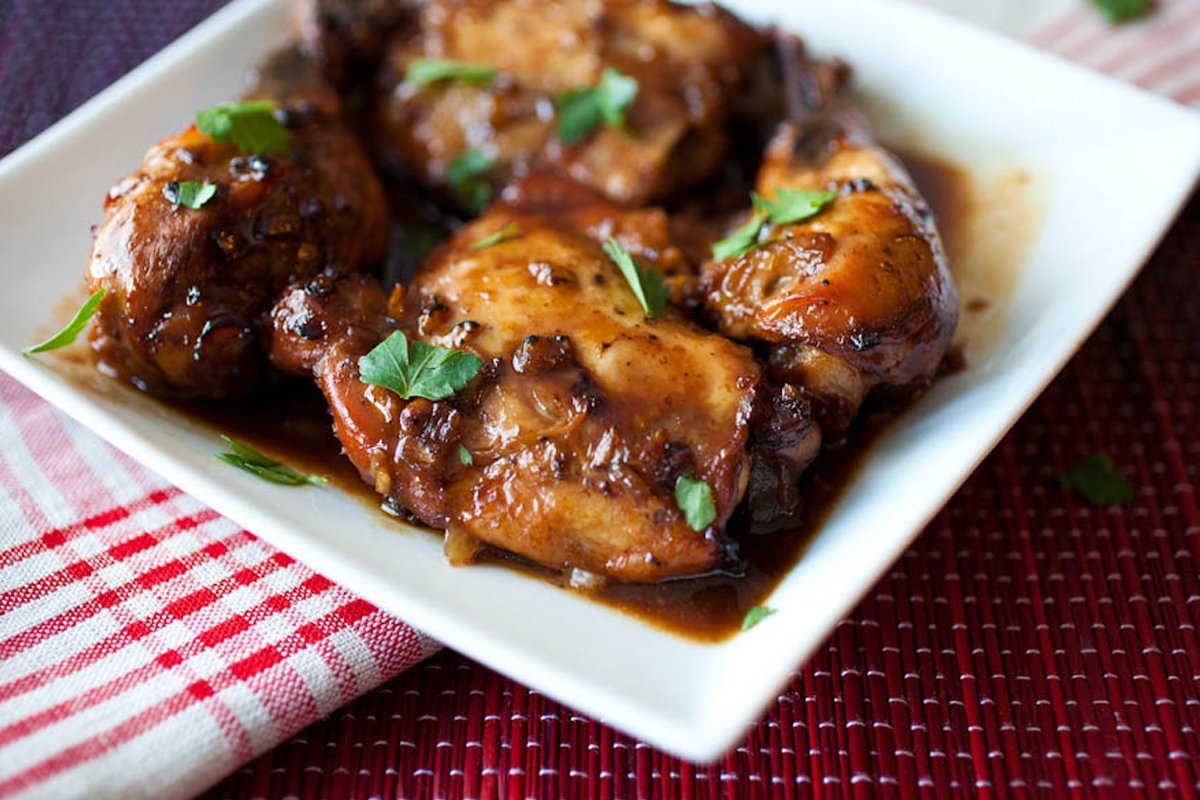
Please Pass the Nationalism
Still on the Spam-Ma-Ling fixation that refuses to fade away, Aveen Acuña-Gulo whips up her adobo family recipe and shares it as a tribute to the Filipino taste—for independence.
We had a happy discussion in one Facebook group as to whether we are pro-Spam, pro-Ma Ling or pro-Adobo.
As we all know, Spam is American; Ma Ling is Chinese; and Adobo is Filipino. Spam and Ma Ling are canned luncheon meats; while adobo is a dish made of either chicken, pork, or chicken and pork together. These conversation pieces came up in the wake of President Duterte expressing his displeasure towards the way Filipinos are treated by Americans – many times on a personal level and generally at the policy level.
Although I know most of us would devour the canned meats when it is available, we chorused “pro-Adobo!” and tried to justify our answers the silliest we can. Say, the meats of Spam and Ma Ling are trapped inside cans for months at a time; while adobo is freshly cooked. Or, if those canned stuff are way beyond their expiry date, these are sold at big discounts just to get them off the shelves and consumers still look satisfied. Who cares about nitrates and MSG anyway?
But someone thought adobo is a Spanish dish. Another one thought it could be Chinese because toyo (soy sauce) is Chinese. Then one chimed it must be Filipino because both the chicken and the pork are native. But what if the chicken is force-fed with hormones and antibiotics, much less dried innards of other animals, does that make it less native thus less Filipino? Nitpickers.
Nah. I’m sure I read somewhere that adobo is authentically Filipino.
As an afterthought, I know we cook almost everything adobo-style: kangkong, sitaw, talong, kabibe, tahong, palaka, name it.
Seriously, as I am Bisaya, the adobo I knew as a child was different from how it is now widely known. We also say adobawo (shortcut for adobado) for i.e. adobawng tangkong, adobawng uhong etc. But somehow the usage of adobawo has somewhat disappeared.
Adobo to us then was actually big chunks of pork, approximately two inches square; parboiled in water, vinegar, salt and garlic; dripped dry and deep fried in oil until brown. It is then sliced in bite-sized pieces and dipped in toyo-kalamansi sauce. My father prefers it dipped in ginamos.
Growing up in Bukidnon in the 60s and the 70s was idyllic. We grew many things around us (we did not even call it a garden) – bananas, papayas, gabi, cassava, camote etc. Other plants just grew on its own so we just harvested it – wild ampalaya, kangkong, bamboos, what have you. We raised our own pigs, chickens, goats and cows too.
Whenever Tatay slaughtered a pig, most of the meat are preserved without a refrigerator (we did not even have one until the late 70s). Nanay would slather some of the meat in salt and packed it in wide-mouthed glass jars, and later, Tupperware – the only plastic ware I knew then. She would smoke some; the rest became hams and sausages.
Tatay would also cook adobo the way I described it above; and he would bury these in the same lard it was fried in. These would then be stowed away in kerosene cans and I believe it lasted until the next pig was scheduled.
Then we had what I say is close to the Tagalog adobo – we called it humba. I thought it was a Bisaya spelling of jumba – but there’s no such thing as jumba in Google, except for that balloon-like character in Lilo and Stitch. And accordingly, there is a Chinese dish called hong-ba, which looks like the Bisaya humba. Here, the pork chunks are stewed in vinegar, toyo, garlic, peppercorns and laurel leaves. I tell you humba wiggles in a way that adobo does not.
Tatay said it was his grandfather who taught him how to handle meat – from the slaughtering to the cooking to the preservation. This grandfather was half-Spanish who was brought to the Diocese of Cagayan de Oro and spent the rest of his life in Carcar, Cebu where he was the caretaker of the friar lands. He was also a butcher (matansero) on the side.
Now going back to the pros: It’s good to know how our food evolved as it is also a significant part of how our identity as Filipinos evolved. Would Spam, Ma Ling and adobo have figured in a nationalism-filled discussion if President Duterte did not express his utmost displeasure of America’s shabby treatment towards us?
It may seem shallow, but I doubt it.
via Resurgent.ph / Aveen Acuña-Gulo




